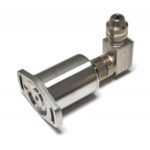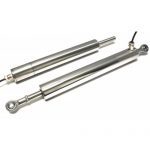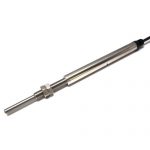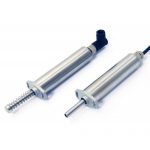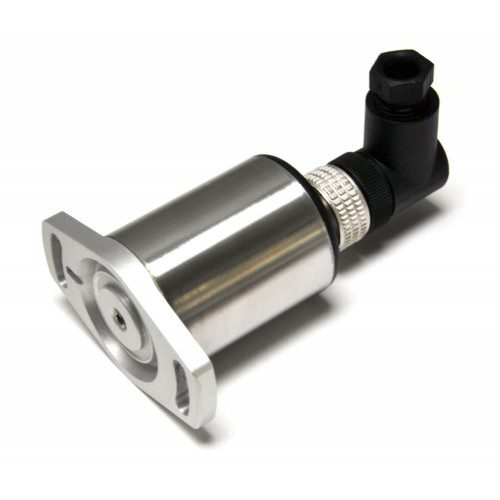
Positek
P603
Part no.: P603
Key Features
• Single axis
• Up to 160°
• Voltage, Current or Ratiometric interface
• IP67
The P603 is an affordable, durable, high-accuracy tilt sensor designed for industrial and scientific feedback applications. The P603, like all Positek sensors, is supplied with the output calibrated to the angle required by the customer, between 15 and 160 degrees. The sensor provides a linear output characteristic with angle of deflection. There is a machined registration mark to identify the calibrated mid point.
It is particularly suitable for OEMs seeking good sensor performance for arduous applications such as industrial machinery where cost is important.
Overall performance, repeatability and stability are outstanding over a wide temperature range. Electrical connections to the sensor are made via an industrial standard 4-pin M12 connector, with limited rotational capability to facilitate cable routing.
The sensor has a rugged stainless steel body and anodised aluminum mounting flange. The flange has two 4.5mm by 30 degree wide slots on a 48mm pitch to simplify mounting and position adjustment. The P603 offers a range of electrical options. Sealing is to IP67 and full EMC protection is built in.
"*" indicates required fields
